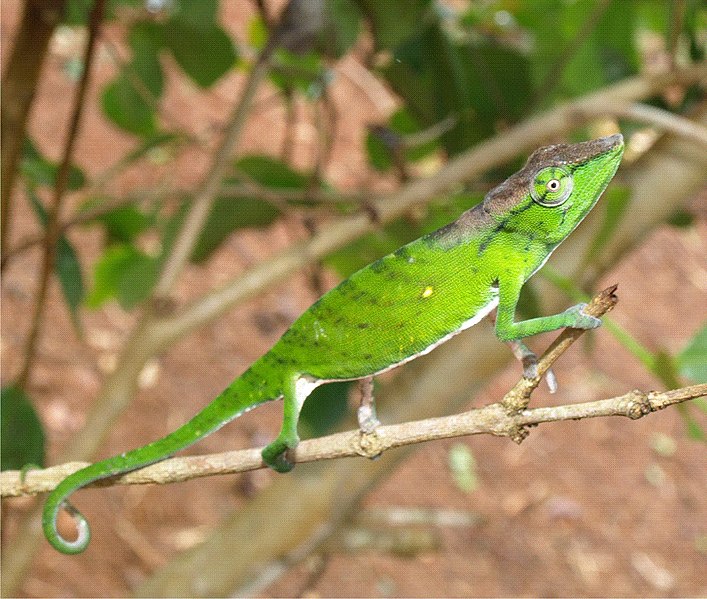 As a child, my information on the Goliath Frog, Conraua goliath, was limited to a few brief sentences hidden away in various books, but this was enough to spark my interest. Eventually, a life-sized sculpture of one at the American Museum of Natural History (please see photo) gave me some idea of just how impressive a creature it was, and my desire to learn more intensified. Happily, I found a job at the Bronx Zoo shortly after a group of Goliath Frogs arrived there from Cameroon, and I was able to indulge my passion. One of my new charges spanned 25 inches with legs extended…nothing, not even the enormous African Bullfrogs and Marine Toads (or, for that matter, Leatherback Turtles!) that I had already handled prepared me for the sight of that amazing animal.
As a child, my information on the Goliath Frog, Conraua goliath, was limited to a few brief sentences hidden away in various books, but this was enough to spark my interest. Eventually, a life-sized sculpture of one at the American Museum of Natural History (please see photo) gave me some idea of just how impressive a creature it was, and my desire to learn more intensified. Happily, I found a job at the Bronx Zoo shortly after a group of Goliath Frogs arrived there from Cameroon, and I was able to indulge my passion. One of my new charges spanned 25 inches with legs extended…nothing, not even the enormous African Bullfrogs and Marine Toads (or, for that matter, Leatherback Turtles!) that I had already handled prepared me for the sight of that amazing animal.
The Goliath Frog Exhibit
I first started working with Goliath Frogs in 1983, at which time we knew little about their natural history or captive needs. Unfortunately, not much has changed since, although field research completed in 1985 (Sabater-Pi, Contribution to the Biology of the Giant Frog, Amphibia-Reptilia, 6(2), 143-153) has filled in some of the blanks.
The new Goliath Frogs, collected as adults in Cameroon, were shy and high strung, and prone to wild, injury-producing leaps when disturbed. We assumed, therefore, that the zoo’s noisy, crowded Reptile House would not prove an ideal location for their exhibit. Therefore, the curator commandeered an exhibit at the relatively-ignored Aquatic Bird House. Goliath Frogs are habitat specialists, so their exhibit was arranged accordingly, and outfitted with a waterfall and a swift, rocky stream bordered by dense thickets of live plants. In keeping with what little information was available, the water was maintained at a slightly acidic pH. Read More »
 That Reptile Blog – Reptile, Amphibian and Exotic Pet Care and Information
That Reptile Blog – Reptile, Amphibian and Exotic Pet Care and Information




